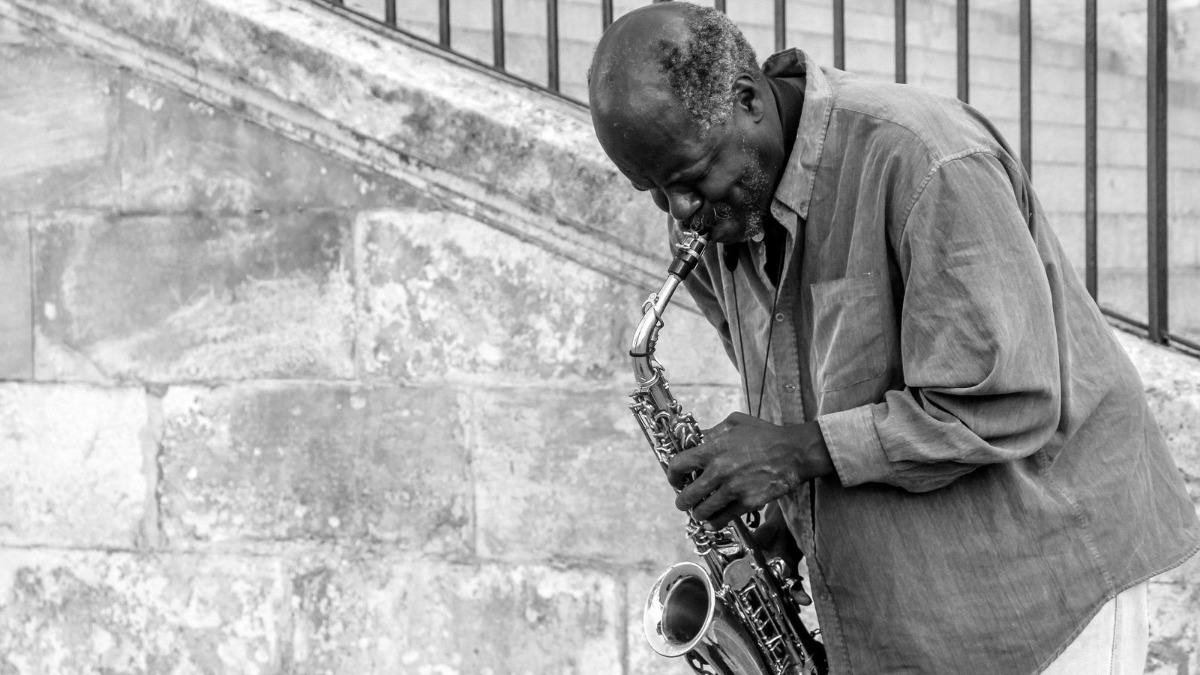Remembering the Harlem Renaissance


The Harlem Renaissance was a cultural and intellectual movement that flourished in the 1920s in Harlem, New York City. It was a period of immense creativity and a celebration of African American artistic expression in literature, music, art, and theater. The movement not only had a lasting impact on American culture but also paved the way for future generations of artists. This Black History Month, join us as we delve into the key highlights of the Harlem Renaissance and discover the valuable lessons we can learn from its rich legacy.
The birth of a cultural movement
The Great Migration was a significant event that influenced the Harlem Renaissance. Many African Americans left their homes in the rural South. They migrated to the urban North to find new opportunities, a better life, and most importantly, to escape the systemic racism and oppression of the Jim Crow laws.
During this time, Harlem in New York City became a center of creativity and cultural exchange. The neighborhood transformed into a diverse and inclusive space that fostered a thriving environment for artists, writers, musicians, and thinkers. These individuals brought unique perspectives and talents, sparking the artistic revolution that defined the Harlem Renaissance.
The quest for racial identity and self-expression was another driving force behind the emergence of the Harlem Renaissance. In response to the discrimination, violence, and marginalization they faced, the African American community sought to challenge existing stereotypes and redefine their identity through creative and intellectual pursuits.
The Harlem Renaissance provided a platform for African Americans to voice their experiences, embrace their unique heritage, and create works of art that celebrated their rich cultural legacy. This emphasis on racial pride and cultural self-discovery played a crucial role in fueling the momentum of the Harlem Renaissance, giving rise to a new generation of trailblazers dedicated to reshaping the narrative of African American life in the United States.
The literary marvels
During the Harlem Renaissance, African American literature flourished and produced some of the most influential works of American literature. Writers and intellectuals used their skills to depict the African American experience, challenge societal expectations, and redefine racial identity.
Notable literary works of the Harlem Renaissance include Langston Hughes’ poetry collection “The Weary Blues,” Zora Neale Hurston’s groundbreaking novel “Their Eyes Were Watching God,” and Alain Locke’s powerful essays such as “The New Negro.” These works provided a unique perspective on the lives of African Americans, helping to break stereotypes and redefine the nation’s perception of race.
The literature of the Harlem Renaissance conveyed several common themes and ideas. Authors explored the significance of racial identity, proudly embracing their black heritage, and challenging discriminatory beliefs in American society. This helped to foster a sense of pride within the black community, celebrating their culture and history.
The Harlem Renaissance literature also tackled social and political change themes. Writers used their platforms to shed light on pressing issues faced by African Americans such as segregation, racial injustice, and economic inequality. Through their works, these authors challenged the status quo and inspired readers to envision a more equal and just society.
Rhythms of the Harlem Renaissance
The Harlem Renaissance was greatly influenced by music, which created a unique beat that became the foundation of the entire movement. Jazz emerged as the most popular genre during this era, capturing the essence of the African American community and transforming the American music scene.
During the Harlem Renaissance, several notable musicians played a vital role in shaping the jazz scene. These include Louis Armstrong, known for his exceptional trumpet playing and distinctive gravelly voice. Cab Calloway was a remarkably talented bandleader and one of the leading performers at Harlem’s iconic Cotton Club. Billie Holiday’s soulful voice and evocative lyrics earned her the title of “Lady Day” and made her one of the most influential jazz vocalists of her time.
Jazz, as an art form, had a deeper purpose beyond just entertainment; it served as a means of self-expression and a way to challenge societal norms. Through the innovative melodies and improvisational techniques unique to jazz, musicians established a sense of community and unity within the Harlem Renaissance, surpassing racial barriers and inspiring a creative revolution that resonated with audiences both within and outside the African American community.
Visual arts and theater
Visual arts and theater also flourished in the Harlem Renaissance. Artists created works that reflected the African American experience and challenged traditional artistic norms.
One of the most iconic artists of the Harlem Renaissance was Aaron Douglas. Douglas was a renowned artist known for his striking murals and illustrations that combined West African motifs with modernist techniques, providing a fresh portrayal of black history and culture. His works often featured bold geometric shapes and vivid colors, making them instantly recognizable and highly influential.
Another influential artist of the time was Jacob Lawrence, who captured the complexity of African American life through his powerful narrative paintings that often depicted key historical events and societal issues. His works were known for their vibrant colors and dynamic compositions, which helped to convey the energy and spirit of his subjects.
Augusta Savage was another pioneering artist of the Harlem Renaissance who created sculptures that uplifted the African American community, emphasizing their resilience and dignity. Her works were often inspired by African tribal art and combined traditional techniques with modernist aesthetics.
In addition to the visual arts, the Harlem Renaissance also gave rise to a vibrant theater scene, as playwrights and performers brought African American stories to the stage. Lorraine Hansberry, for example, wrote “A Raisin in the Sun,” a groundbreaking play that explored the aspirations and challenges faced by a black family living in segregated America.
Actor and activist Paul Robeson also made significant contributions to the Harlem Renaissance’s theatrical scene, using his versatile talents to promote social justice and enrich the cultural landscape of the time.
Celebrating the Harlem Renaissance
As we reflect on the rich legacy of the Harlem Renaissance, we can continue to honor it by promoting diversity, equality, and social justice in our communities. By remembering and celebrating the contributions of those who came before us, we can draw inspiration from their perseverance and creativity to build a more inclusive and welcoming society. Let’s work together to create a better future for everyone.


